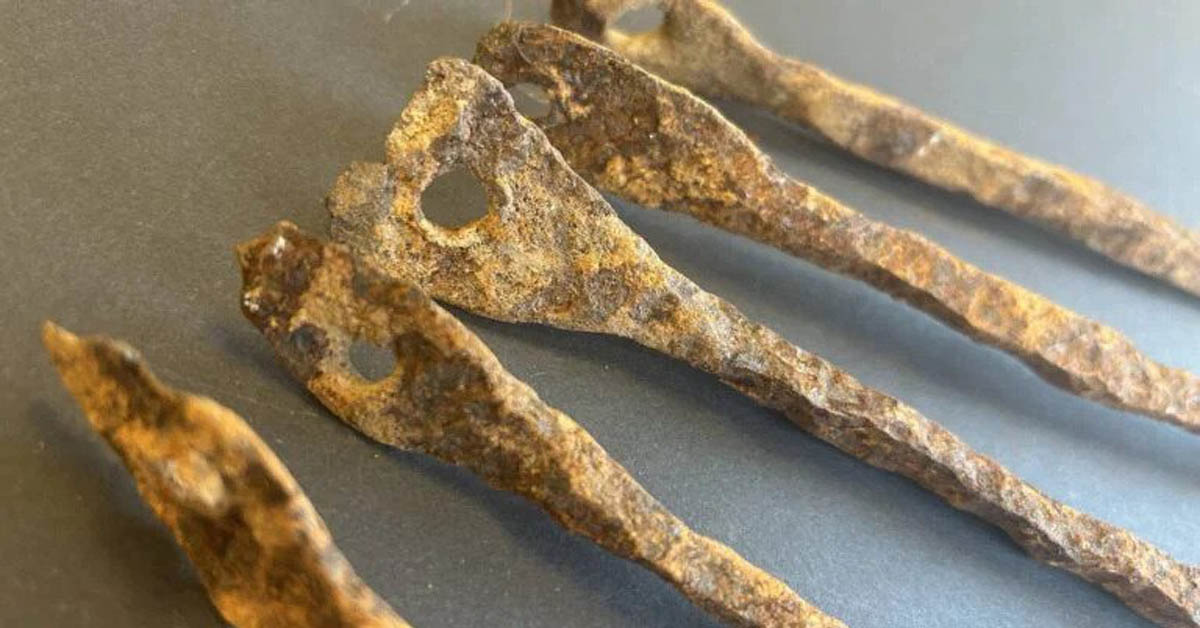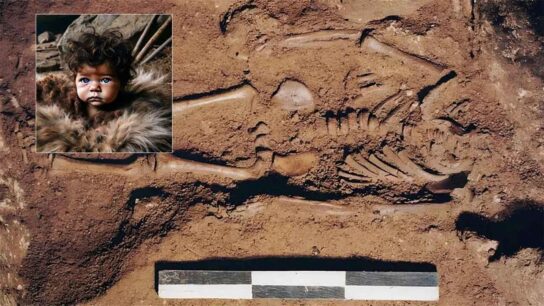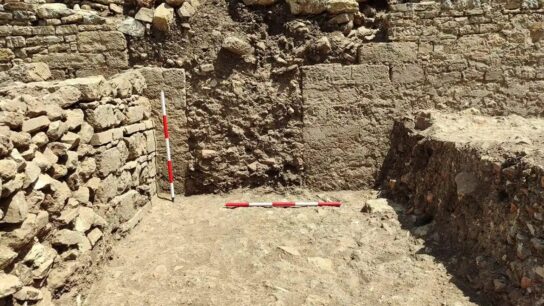A woman in Norway found Viking-age 1000-year-old hoard in basement
Iron bars likely used as a means of payment have been discovered in Norway, in what archaeologists say is a very rare and exciting find. Here’s what we know so far.

Grete Margot Sørum found nearly 1000-year-old iron bars while cleaning her parents’ house. It’s been a century since a similar discovery in the country.
The iron bars were found near the historic King’s Road in Aurdal, Valdres. According to the NRK article, her father found the bars in the 1980s while digging a well but stored them away.
Sørum took the bars to Valdres Folk Museum. They were then sent to the Innlandet county archaeologist.
Likely a form of payment
The 32 small bars, each weighing about 50 grams, were likely used as a means of payment in the Iron Age and Middle Ages.

They are all cast in the same shape and a hole in each bar suggests they were tied together in a bundle. This is likely to make it easy for people to carry them with them, and exchange them for goods from other places in the country.
Valdres is a historic valley in the heart of Norway. A traditional Norwegian farming district, Valdres is today a popular destination for skiing, hiking and cycling.
Iron production in Valdres
The Viking Age was a prosperous time for iron trade. Vikings needed iron for tools, weapons, and nails. It was an important material for boat building.
Valdres had significant iron production, evidenced by packhorse trails and production sites in the surrounding mountains.

Most of the iron production took place during the late Viking Age from 900-1200 CE. But in Valdres and other places, remains of iron production have been found dating back to 200 AD.
In the most productive years, several tons of iron were transported from Valdres, said archaeologist Mildri Een Eide. Most of it went to other parts of Norway, but also for export, especially to Denmark.
A rare find of cultural relics
The bars are now at the Cultural History Museum in Oslo. Kjetil Loftsgarden, an archaeologist and associate professor, said someone likely buried it to hide it.
He said such discoveries are rare today due to modern excavation methods destroying small cultural relics.
Iron extraction in Valdres has few written records but was likely a specialized job owned by farmers and “small kings” before state and church control. Thousands of charcoal pits from iron extraction remain in the mountains.
Sørum and her family are glad the iron bars are being preserved and find the discovery special and exciting.




